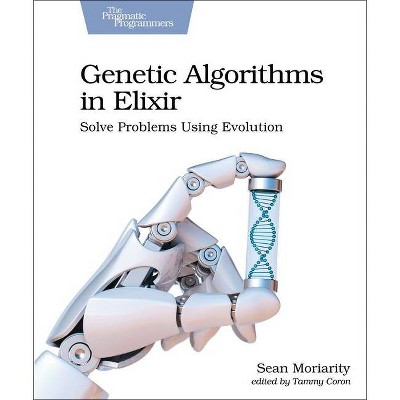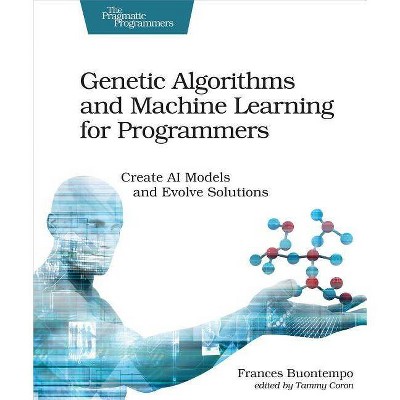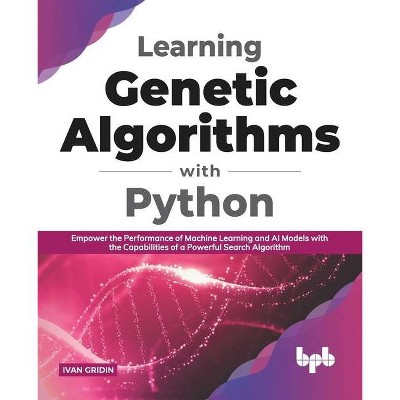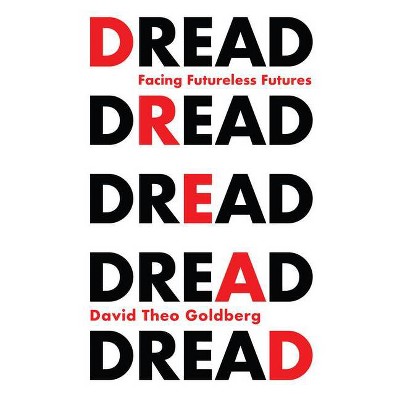The Design of Innovation - (Genetic Algorithms and Evolutionary Computation) by David E Goldberg (Paperback)
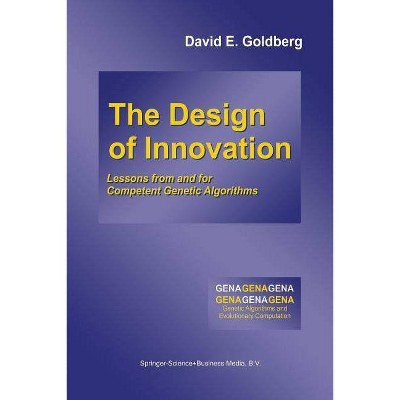
Similar Products
Products of same category from the store
AllProduct info
<p/><br></br><p><b> Book Synopsis </b></p></br></br>7 69 6 A DESIGN APPROACH TO PROBLEM DIFFICULTY 71 1 Design and Problem Difficulty 71 2 Three Misconceptions 72 3 Hard Problems Exist 76 4 The 3-Way Decomposition and Its Core 77 The Core of Intra-BB Difficulty: Deception 5 77 6 The Core of Inter-BB Difficulty: Scaling 83 7 The Core of Extra-BB Difficulty: Noise 88 Crosstalk: All Roads Lead to the Core 8 89 9 From Multimodality to Hierarchy 93 10 Summary 100 7 ENSURING BUILDING BLOCK SUPPLY 101 1 Past Work 101 2 Facetwise Supply Model I: One BB 102 Facetwise Supply Model II: Partition Success 103 3 4 Population Size for BB Supply 104 Summary 5 106 8 ENSURING BUILDING BLOCK GROWTH 109 1 The Schema Theorem: BB Growth Bound 109 2 Schema Growth Somewhat More Generally 111 3 Designing for BB Market Share Growth 112 4 Selection Press ure for Early Success 114 5 Designing for Late in the Day 116 The Schema Theorem Works 6 118 A Demonstration of Selection Stall 7 119 Summary 122 8 9 MAKING TIME FOR BUILDING BLOCKS 125 1 Analysis of Selection Alone: Takeover Time 126 2 Drift: When Selection Chooses for No Reason 129 3 Convergence Times with Multiple BBs 132 4 A Time-Scales Derivation of Critical Locus 142 5 A Little Model of Noise-Induced Run Elongation 143 6 From Alleles to Building Blocks 147 7 Summary 148 10 DECIDING WELL 151 1 Why is Decision Making a Problem? 151<p/><br></br><p><b> Review Quotes </b></p></br></br><br><p>advance praise: <br>"It is well known that "building blocks", whether they be the atoms of chemistry, the words of a language, or the modules of a computer, play a key role in our understanding of the world. However, it is hard to find an in-depth discussion of why this is so. It is even more difficult to find a guidebook for using building blocks to make the discoveries that extend science and engineering into new realms. David Goldberg uses his extensive experience with Genetic Algorithms to provide a superb guidebook for exploiting building blocks, combining relevant theory with carefully chosen examples. If you are a scientist or an engineer concerned with innovation, you should give this unique book a close reading."<br><em>(John H. Holland, University of Michigan)</em> <br>"Dave Goldberg's first book, <strong>Genetic Algorithms in Search, Optimization, and Machine Learning</strong>, gave the field of genetic and evolutionary computation widespread attention among practicing engineers and researchers of machine learning and artificial intelligence. His latest effort, <strong>The Design of Innovation</strong>, is likely to transform the practice of all forms of genetic and evolutionary computation. For much of the last decade, theoreticians and practitioners have worked independently of one another. In this masterstroke of a book, Goldberg de-Balkanizes the field and bridges the chasm between theory and practice with his "little models," dimensional analysis, and "patchquilt integration." Not only does he show a clear path toward the principled design of scalable genetic and evolutionary computation, he suggests how these computations lead to a computational theory of the innovative. Much of what is presented is likely to be controversial, but whether you agree with him or not, Goldberg's arguments are first rate, and this book is a terrific read. I urge those interested in innovation in general or genetic and evolutionary computation in particular to buy this book and study it closely."<br><em>(John R. Koza, Stanford University)</em> <br>"David Goldberg's treatise, <strong>The Design of Innovation</strong>, is unlike any other book in the vast literature on genetic algorithms and evolutionary computation. Its ambitious aim is to develop a coherent theory of design and innovation in the context of what the author calls competent GAs, that is, GAs that work well. But an even more ambitious aim is to use competent GAs as a platform for construction of computational models of innovation and creativity-concepts which are notoriously hard to formalize. One cannot but be greatly impressed by the many novel ideas which are presented in <strong>The Design of Innovation</strong> in a lively, insightful and reader-friendly style. The Design of Innovation is an original work which is a must reading for anyone who is interested in genetic algorithms, evolutionary computation and, more generally, in design and innovation. David Goldberg deserves our thanks and congratulations." <br><em>(Lotfi A. Zadeh, University of California, Berkeley)</em> </p> <p></p><br>
Price History
Price Archive shows prices from various stores, lets you see history and find the cheapest. There is no actual sale on the website. For all support, inquiry and suggestion messages communication@pricearchive.us



